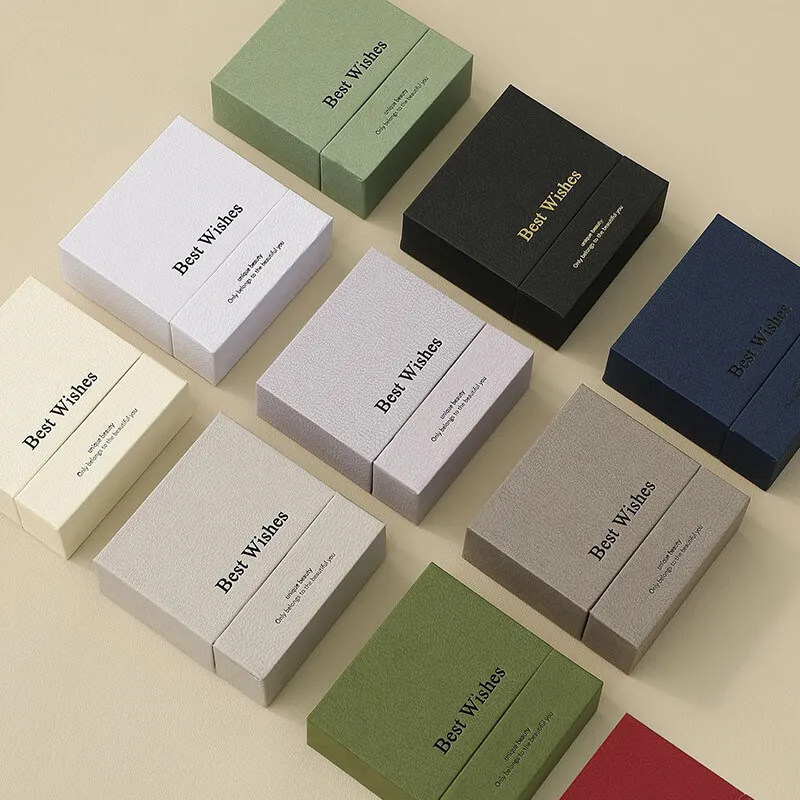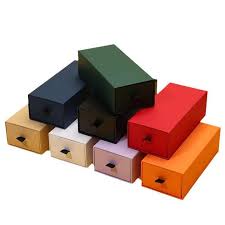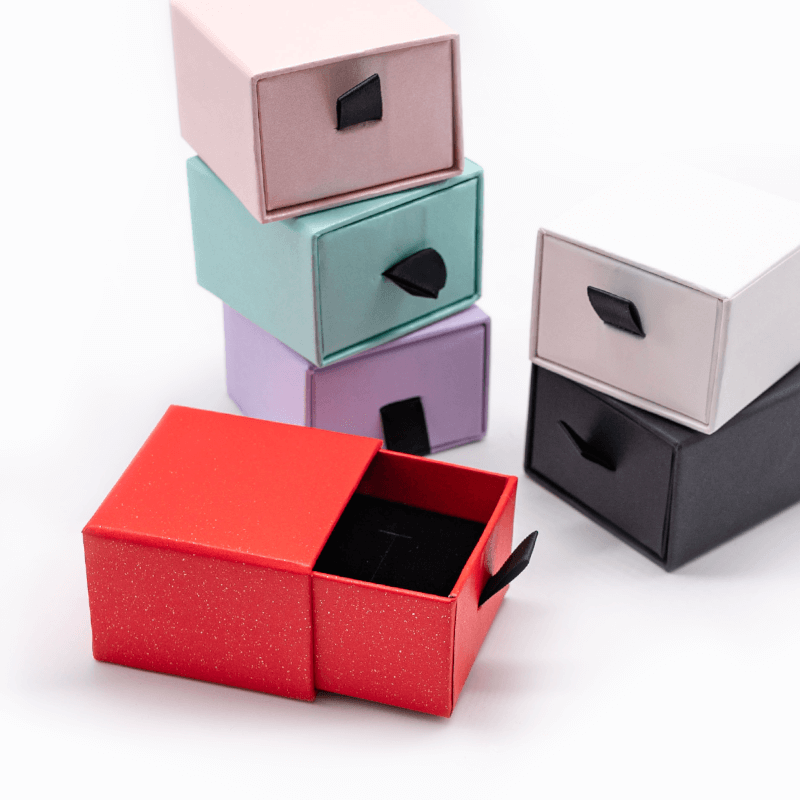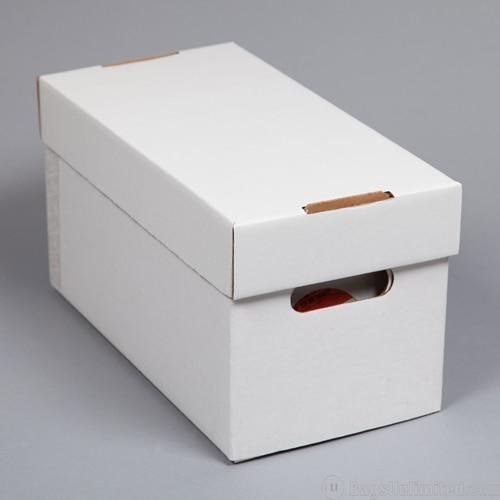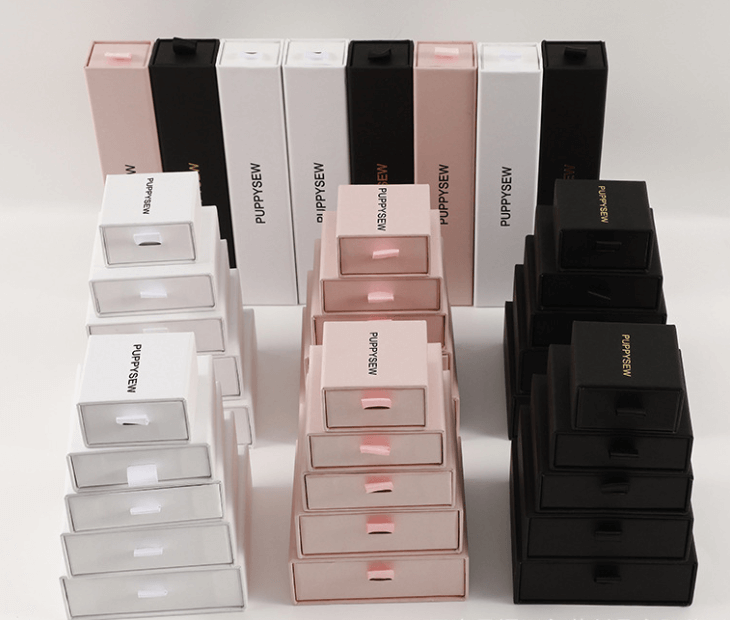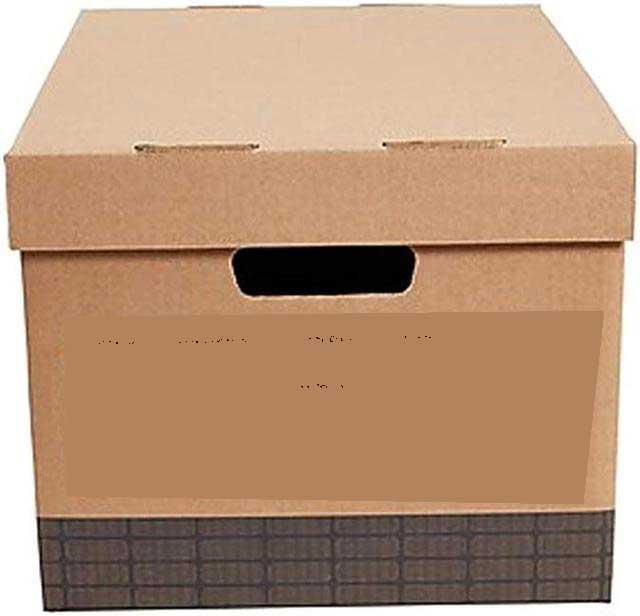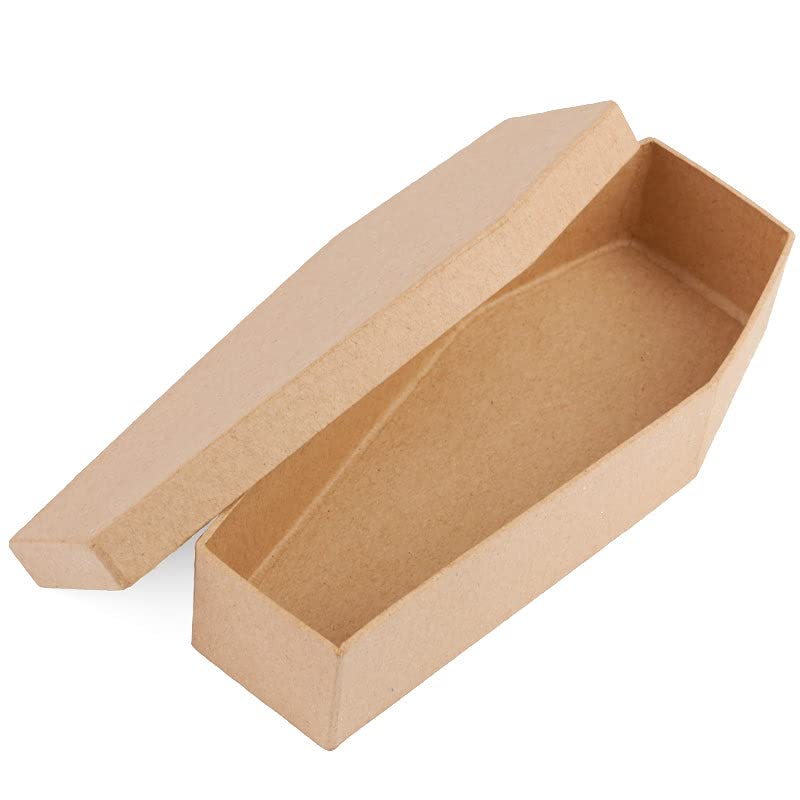Retail in 2025 is defined by budget pressure, polarized consumer expectations, and a faster digital funnel. Winners make value obvious, remove friction from fulfillment, and create memorable experiences—while keeping costs and waste in check. Packaging is a frontline lever for all three.
Trend 1: Two Ways Shoppers Define “Value”
A growing share of customers chase lowest total cost, while another segment pays more for better experience, quality, or format. Both care about value—just in different languages.
Move with packaging
- Print unit value cues (price per unit/ounce) and “Good/Better/Best” markers right on shelf trays, belly bands, or front panels.
- Use premium but minimal finishes (one: soft-touch, foil, or deboss) to justify trade-up without bloating cost.
- Offer multi-pack or larger formats with clear savings callouts for value seekers.
Trend 2: Polarization in Retail Performance
Essential, functional categories continue to outperform discretionary niches. Shelf space is earned by clarity and speed, not flair alone.
Move with packaging
- Simplify facings and copy: two benefit bullets, one strong visual.
- Design shelf-ready packs (PDQ/half-tray) that drop in and sell—target ≤90 seconds from carton to planogram.
- Standardize UPC/price label zones so stores can set faster with fewer errors.
Trend 3: Services and Memberships Monetize the Margin
Subscriptions, pickup, rapid delivery, and loyalty perks keep revenue flowing even when discretionary spend is uneven.
Move with packaging
- Reserve a QR panel that lands shoppers on membership or reorder pages.
- Add return-ready tabs and reseal options for programs that rely on hassle-free exchanges.
- Use serialized stickers or loyalty codes under lids for post-purchase engagement.
Trend 4: Private Label Goes Both Value and Premium
Retailers expand private brands simultaneously at the entry price point and in premium tiers with elevated ingredients or design.
Move with packaging
- Build a shared dieline family across sizes/SKUs to control plate/tooling costs.
- Refresh seasons with sleeves and stickers, not new base prints.
- Keep one premium cue (foil crest, textured paper) for top tier; keep entry tier strictly mono-material and recyclable.
Trend 5: Back to Lean Inventory—with Better Tools
RFID, forecasting, and automated replenishment make low stock, fast turn a reality again. Packaging must support quick changeovers.
Move with packaging
- Use modular inserts so one box fits multiple variants.
- Print batch/SKU panels on outer cartons for rapid DC intake.
- Pre-define reorder points and print them on warehouse labels (quiet cue for ops teams).
Trend 6: Digital and Mobile Keep Pulling Demand Forward
Mobile discovery, social commerce, and ship-from-store keep rising. Damage, dim weight, and slow packouts kill conversion.
Move with packaging
- Right-size mailer boxes and reduce air space to cut dimensional weight.
- Add pulp or board inserts for shock and scuff control; keep materials mono-stream.
- Include a second barcode/return label zone to cut touches in reverse logistics.
Sustainability 2.0: Credible, Measurable, Recyclable
Green claims without substance won’t pass retailer or consumer scrutiny.
Packaging standards to adopt
- Prefer FSC-capable or recycled boards and water-based coatings.
- Engineer mono-material structures to improve recovery rates.
- Print clear recycling icons and disposal notes on pack; avoid full-coverage lamination.
- Use recyclable windows or paper windows where visibility matters.
E-Commerce & Store Ops: One Design, Two Routes
A single design system should serve shelf and parcel with minimal variation.
Dual-route blueprint
- Retail path: display box + PDQ tray + transport outer; pre-placed price/UPC zones.
- Parcel path: gift-grade display box + right-size mailer + return label zone; same core dieline, different outer.
Cost Engineering: Four Levers You Control
- Paper & flute tuning to stack height and lane—no overspec.
- Finish swaps: water-based varnish + one highlight effect beats full lamination on cost and recyclability.
- Shared tooling & gang runs to spread plate costs across SKUs.
- Flat-ship & fast pop-up structures to lower freight and labor.
Quality Gates That Prevent Surprises
- Incoming board checks → first-article sign-off → in-run color/glue audits → AQL at packout.
- Drop/stack/vibration sampling per lot with photo evidence.
- Outer-carton labels: SKU, batch, quantity, barcodes—DCs process faster with standardized side marks.
Quick Wins Checklist
- Good/Better/Best markers on pack or tray
- QR panel hooked to membership/reorder
- Shelf-ready PDQ with ≤90s setup target
- Mono-material, water-based finish callout
- Return-ready feature for parcels
- Shared dielines + sleeve updates for seasons
- Reorder points on warehouse labels
- Right-size mailers + molded pulp/board inserts
Example Bundles
Retail Bundle
- Window or bold-front display box
- PDQ/half-tray with label zones
- Transport outer sized to planogram
E-Commerce Bundle
- Gift-grade display box (inside print optional)
- Right-size corrugated mailer
- Board/pulp insert + return label zone
Premium Gift Bundle
- Rigid soft-touch or foil-accent box
- Ribbon or belly band
- Message card + heavyweight gift bag
FAQs
How do we signal value without looking cheap?
Use a simple value bar (unit savings, multi-pack math) plus one premium finish. Clarity sells; restraint feels upscale.
Can one box serve multiple variants?
Yes—design a shared outer with modular inserts or sleeves. That’s faster to update and cheaper to stock.
What’s the fastest path to a seasonal launch?
Lock a base dieline, prototype once, then change visuals with sleeves/stickers. Book production 8–10 weeks before on-shelf.
How do we reduce returns for e-commerce?
Stiffen edges, add an insert, and keep outer dimensions tight. Include a clean return label zone to remove friction.
Treat packaging as your operating system for 2025—it must communicate value, collapse friction, and create moments worth remembering. Start with a shared dieline family, add sleeves for seasonality, right-size your mailers, and put loyalty in the QR. Do these four things, and you’ll feel the lift in revenue, reviews, and replenishment speed—without losing control of cost or sustainability.
Table of Contents

